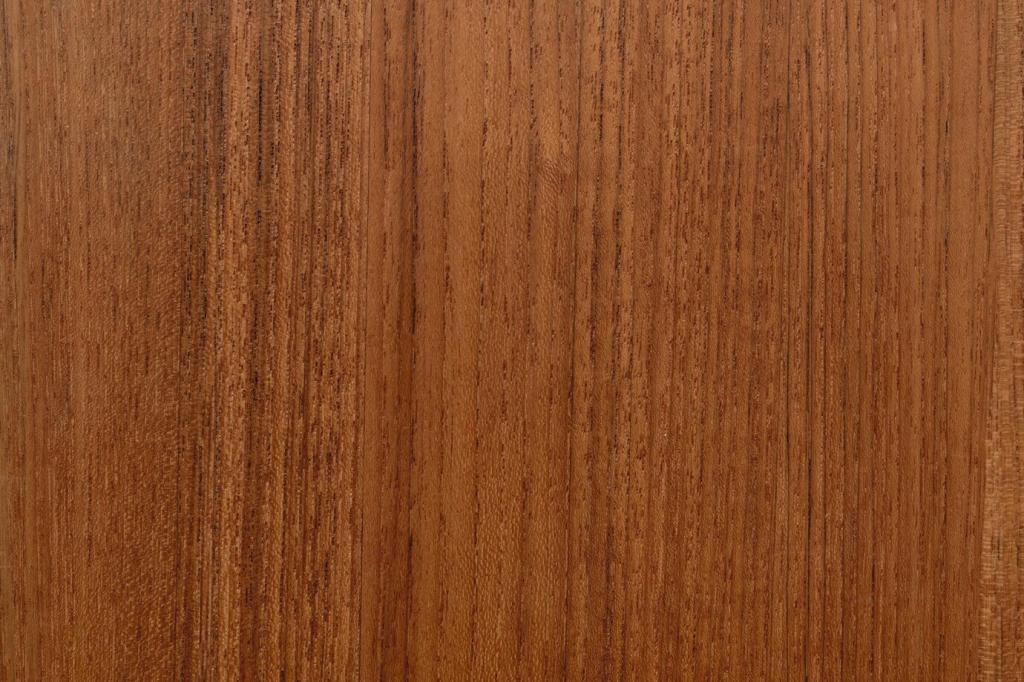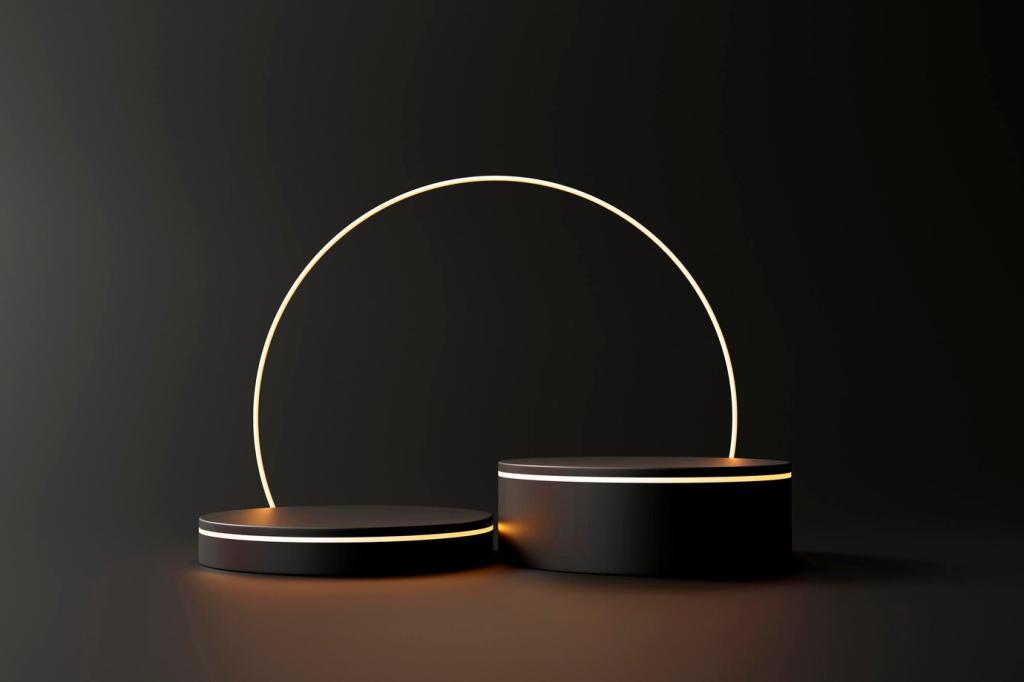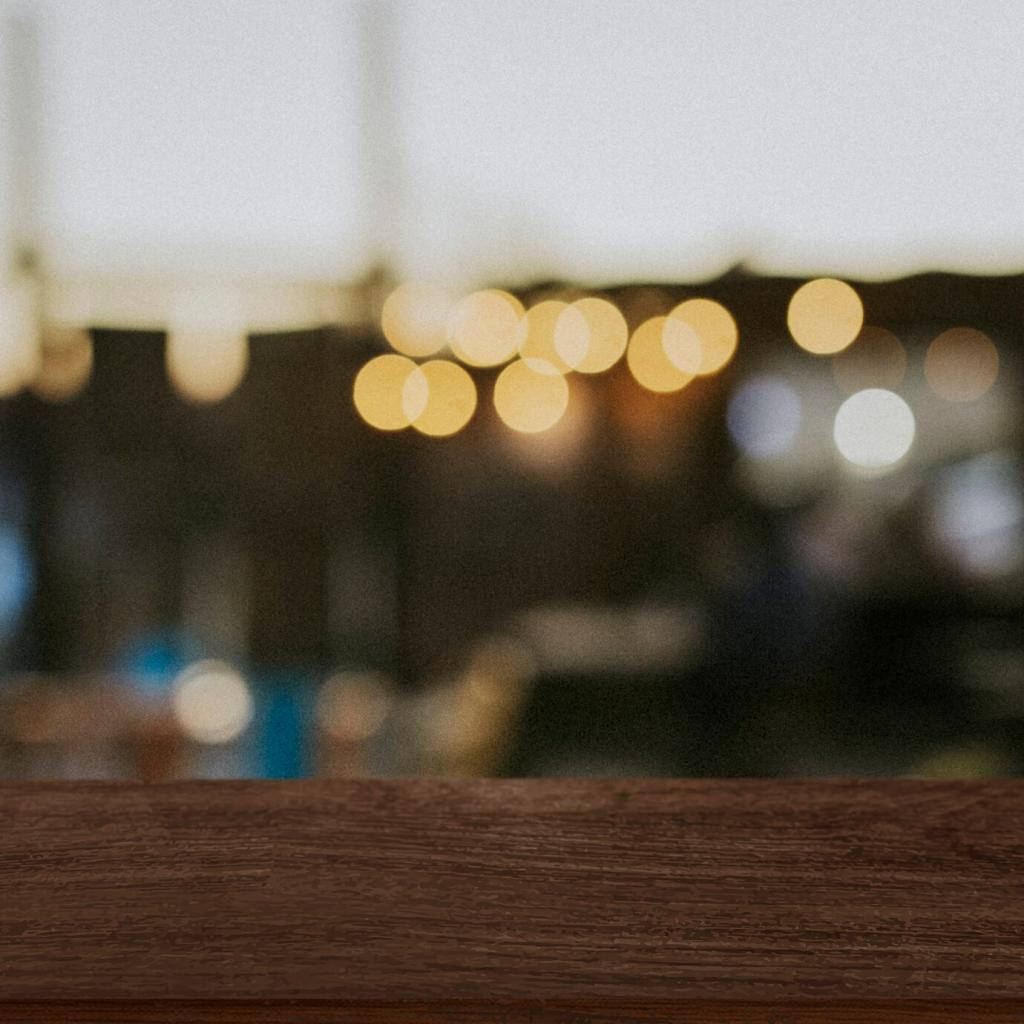Light and Sound Rituals
Welcome daylight with sheer curtains, then transition to warm bulbs around 2700K as night approaches. Use two or three lamps at different heights and dimmers if possible. Create a switching ritual that signals rest, like lighting one candle at dusk.
Light and Sound Rituals
Sound softness is design, too. Thick rugs, lined curtains, books, and cork pinboards absorb echo. Seal door gaps, and try a small fountain for gentle masking. Notice how your shoulders drop when the room finally hushes.






